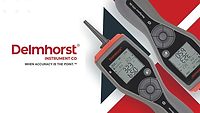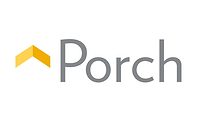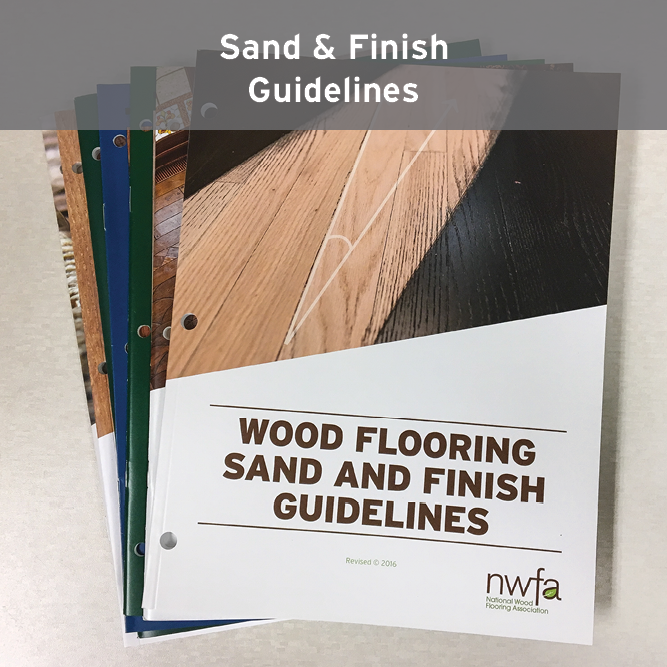Water Damage Restoration: Grady Memorial Hospital

The original flooring at Grady Memorial Hospital dates back to 1892 and renovations and additions over time created a variety of issues that needed to be addressed. As a first step, Ardex K 13 self-leveling underlayment was used to level and smooth the substrate to create a surface that would handle any type of resilient flooring.



Grady Memorial Hospital in Atlanta is the largest hospital in Georgia. It is staffed by 3,000 physicians representing 80 medical specialties. It is also one of the nation’s foremost trauma centers. However, on the afternoon of December 7, 2019, the hospital suffered a trauma that it was not equipped to handle.
On that day, a 24-inch waterpipe on the sixth floor of the hospital’s west tower burst, spewing water that heavily damaged the floors below, rendering 200 patient rooms and elevators useless. The hospital’s emergency room was shut down and hundreds of the hospital’s most urgent cases were sent to other medical facilities.
The impact of the flood on the region’s healthcare system was widespread. Other hospitals were overwhelmed with unexpected patients who could not receive care at Grady Memorial, causing Georgia’s governor to declare a state of emergency and eventually bring a mobile emergency room to the site.
Extensive Flood Damage
Damage to the hospital was extensive. The ceiling, walls and 80,000 square feet of flooring impacted by the flood required a complete renovation.
In early February 2020, enter Victor Ortiz of Calhoun, Georgia-based Sub-Floor Specialties. “We were first asked to deal with the hospital’s damaged bathrooms but, as I walked the floors with the general contractor, I explained to him the magnitude of his problems with the concrete substrate,” Ortiz said.
Ortiz noted, for example, that the building is old, dating back to 1892, and over time there have been renovations and additions, which created a variety of issues with the concrete substrate. Also, the residue from all of the old glues, self-leveling and patching compounds had to be removed in order to create a surface profile that would handle any type of resilient flooring.
Extremely High Moisture Levels
Of particular concern to Ortiz was the extremely high moisture levels in the substrate, which had to be addressed before any flooring could be installed. The challenge, according to Ortiz, was that the project was on a fast track to completion and traditional methods of addressing moisture problems – such as using industrial dehumidifiers, which could take up to 100 days to rectify the moisture issue – were not an option.
The general contractor had originally intended to turn over substrate remediation to a flooring contractor. However, once he understood the multiple complicated issues involved, he gave the job to Ortiz and Sub-Floor Specialties. The firm specializes in prepping and/or remediating substrates for flooring installations and has the expertise and necessary equipment to handle all aspects of a job.
Among the first people to whom Ortiz turned for help were Chris Tomasik, an Ardex flooring sales professional in Georgia, and Jay Harvey, Southeast Region manager for Fishman Flooring Solutions. The three had long-time working relationships and Sub-Floor Specialties is recognized by Ardex as a LevelMaster Elite (LME) contractor, based on the company’s high level of proficiency in prepping and remediating flooring substrates.
“Victor is very, very familiar with Ardex products,” Tomasik said. “That really pays dividends in situations like the Grady Memorial Hospital flood, because he can explain to general contractors, end users and others both how our products add value and how they are installed.”
It was determined that Ardex K 13 self-leveling underlayment would be used to level and smooth the substrate. “The product is excellent when remediating concrete containing old patch and non-water-soluble adhesive residue,” according to Tomasik. “It’s walkable in two to three hours and most floor coverings can be installed on the substrate 16 hours after it is applied.”
The Ardex MC Rapid moisture control system was used to address the very high moisture levels in the hospital’s substrates. The one-coat system is formulated to suppress excessive moisture vapor emissions levels up to 100 percent. It is also fast setting, so work on the substrate can proceed in as little as four hours.
Logistical Challenges
Remediating 80,000 square feet of damaged concrete slab was not without its logistical challenges.
“Making sure we had enough of the products in inventory at Fishman to keep the job moving ahead on schedule was very important,” Havey said. “From the beginning, we had weekly discussions with Sub-Floor Specialties to determine their requirements and we always had enough material in inventory to meet their needs for at least two weeks.”
Another challenge for Harvey and Fishman was ensuring that the Ardex products were at the hospital site when they were needed. Because the substrates were being remediated in stages, weekly deliveries over eight weeks were necessary. The complicating factor was that many of the streets leading to the hospital were blocked or closed due to the on-going repairs to the hospital, so access was difficult.
Good Communications Pays Dividends
Good communications between Sub-Floor Specialties and Fishman made a difference. “We trusted our own drivers to make the deliveries in Fishman trucks and they were in communication with Sub-Floor Specialties the day before the delivery and the day of the delivery to ensure that everyone was on the same page,” according to Harvey.
So, what was the result upon completion of the project? “We gave them exactly what they needed, which were flat, smooth and continuous substrates that were in compliance with required tolerances and were immediately ready for the installation of resilient flooring,” says Ortiz. “And thanks to good communications and teamwork among Ardex, Fishman and Sub-Floor Specialties, the work was done on a fast track, which was very important to the hospital.”
Looking for a reprint of this article?
From high-res PDFs to custom plaques, order your copy today!









